Appearances are deceiving! Adorable black-footed cat, the world's deadliest feline, stares shyly at the camera in new video after arriving at Utah Zoo
- A Utah zoo has released a new photo of their newest arrival
- Gaia, the eight-month-old black-footed cat, is pictured staring adoringly at the camera in her new home
- Black-footed cats like Gaia are small but deadly and have a hunting success rate of 60 percent
<!–
<!–
<!– <!–
<!–
<!–
<!–
The newest resident of a Salt Lake City-area zoo has been photographed settling into her new home and even though she's the world's deadliest African wildcat, Gaia is adorable.
On December 28, Utah's Hogle Zoo introduced Gaia, an eight-month-old black-footed cat, to their Small Animal Building.
Recent photos show Gaia looking at ease at the zoo as she snuggles in a basket in her enclosure and stares adoringly at the camera.
In a new video, Gaia is seen exploring her surroundings as the three-pound cat sits peacefully in her tiny bed.
The zoo took Gaia in on breeding advice from the Black-Footed Cat Consortium, saying she is “small in size, but big in her feisty personality.”
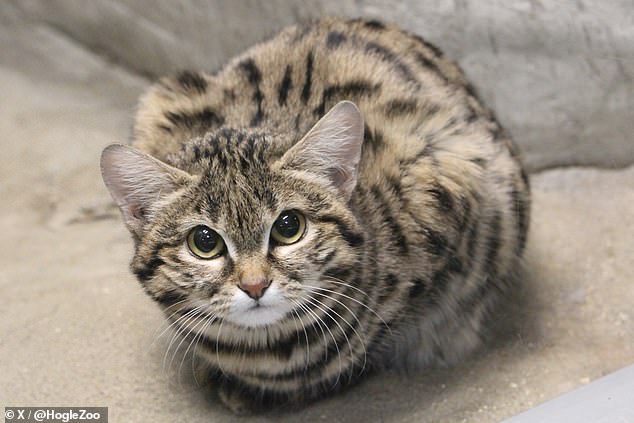
The newest resident of a Salt Lake City-area zoo is pictured settling into her new home and even though she's the world's deadliest African wildcat, Gaia (pictured) is adorable
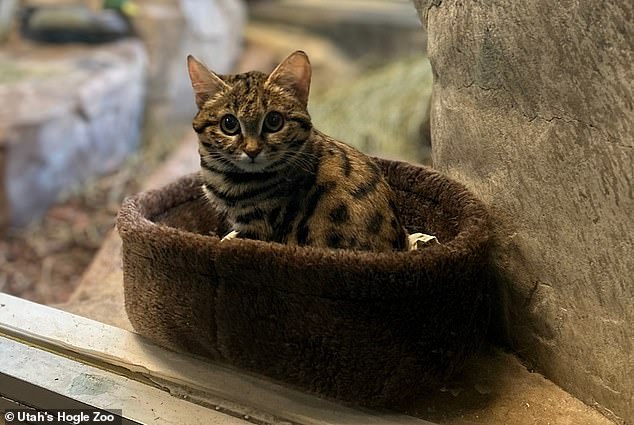

Recent photos show Gaia looking at ease at the zoo as she snuggles in a basket in her enclosure and stares adoringly at the camera
Gaia's arrival is part of a larger effort to conserve the at-risk species of deadly and graceful cats.
The creatures are expected to successfully catch their prey 60 percent of the time — according to Amanda Collins, deputy program leader of the Association of Zoos and Aquariums' black-footed cat consortium.
The number of black-footed cats in the wild is declining despite their impressive hunting skills, and the species was listed as vulnerable by the International Union for the Conservation of Nature and Natural Resources – just one step before it was threatened with extinction.
A 2016 study found that only about 9,700 of the fatal cats live in the wild in Botswana, Namibia and South Africa.
Black-footed cats are carnivores – they hunt rodents, birds, reptiles, insects and spiders.
Although the small but deadly felines can bite in self-defense, they do not hunt humans.
'Her arrival marks an important step in the conservation of her species; with only 29 black-footed cats in the Consortium, successful breeding could contribute significantly to the program,” the zoo said.
Black-footed cats resemble tabby cats, but get their name from their black or dark brown soles or pads in their paws.
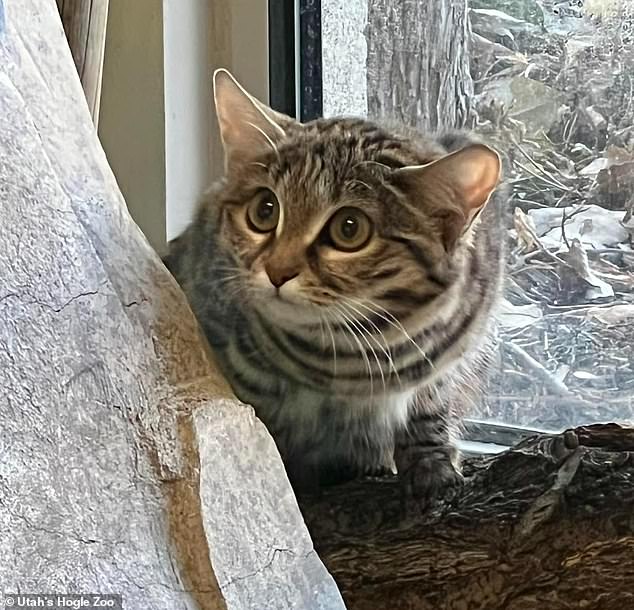

The zoo took Gaia in on breeding advice from the Black-Footed Cat Consortium, saying she is “small in size but big in her feisty personality.”
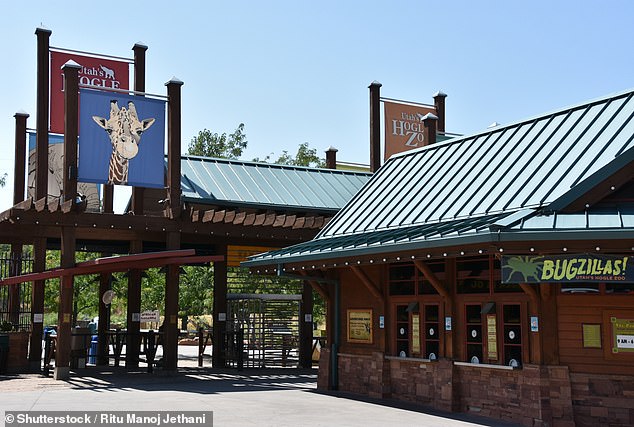

The Hogle Zoo (pictured) adopted Gaia on breeding advice from the Black-Footed Cat Consortium, saying she is 'small in size but big in her feisty personality'
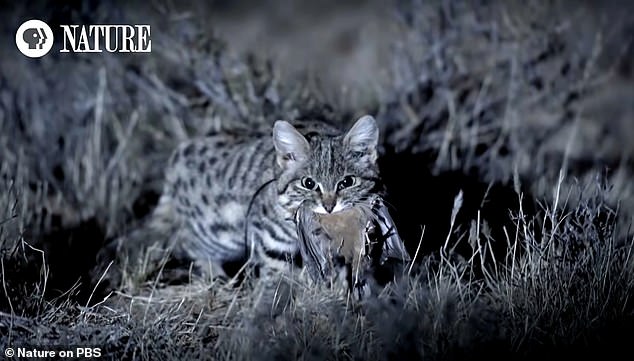

Research shows that the black-footed cat has a predation success rate of 60 percent, killing an average of 10 to 14 rodents or small birds each night
The Hogle Zoo is home to a male black-footed cat named Ryder, who they plan to introduce to Gaia in the future.
“Gaia's introduction to Ryder, the male black-footed cat, is planned, but we will introduce these two feline friends when Gaia is an adult,” the zoo said.
In September, the zoo announced the death of the oldest recorded black-footed cat in an Association of Zoos and Aquariums-accredited zoo.
Hogle Zoo was home to the 18.5-year-old black-footed cat Sanura, who also holds the record for the oldest black-footed cat to have a successful litter at the age of 14.
“Sanura had four successful offspring, which made an important contribution to the vulnerable species,” the zoo said.
